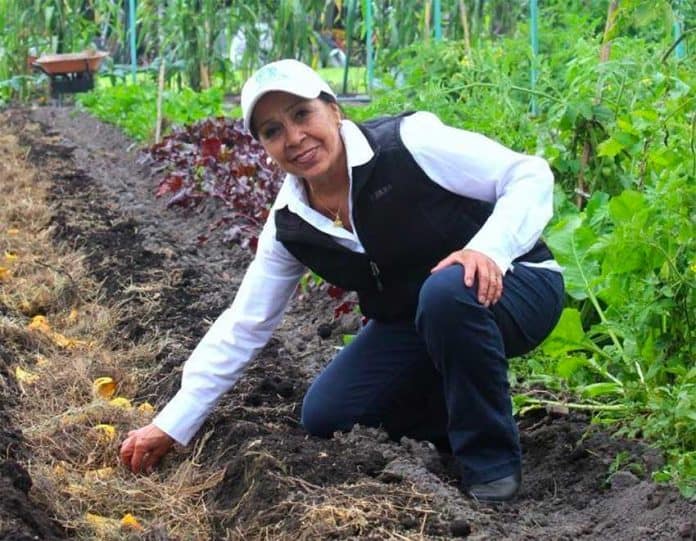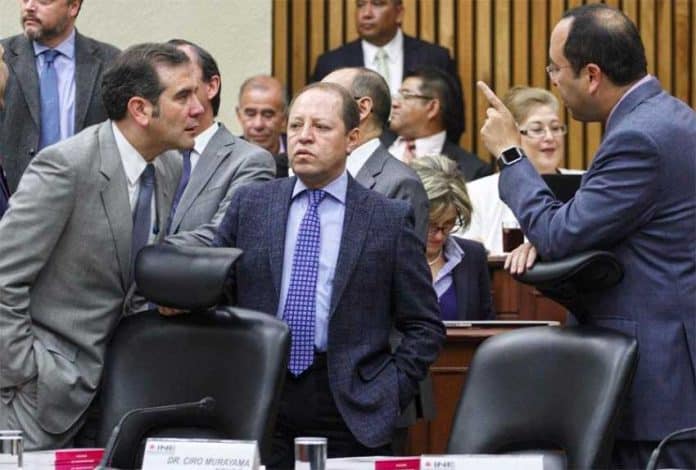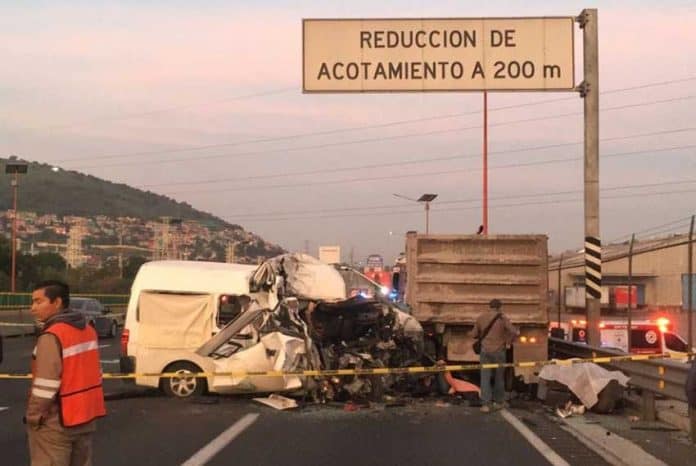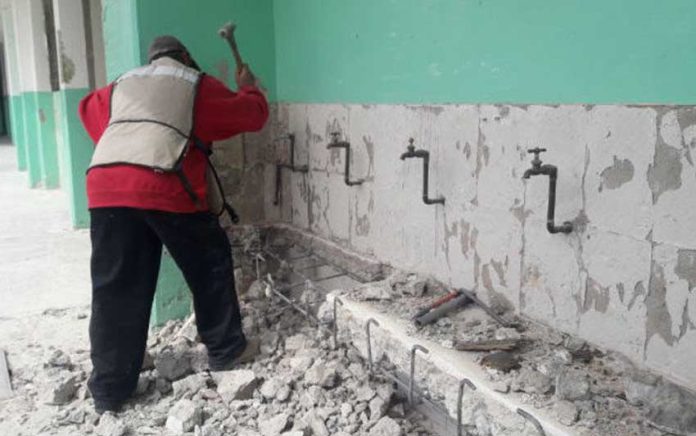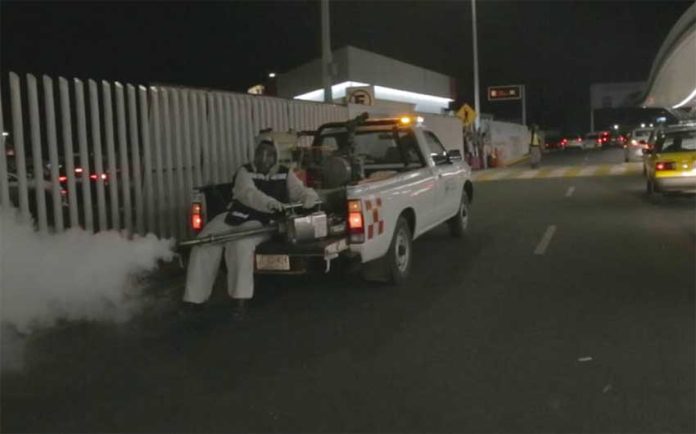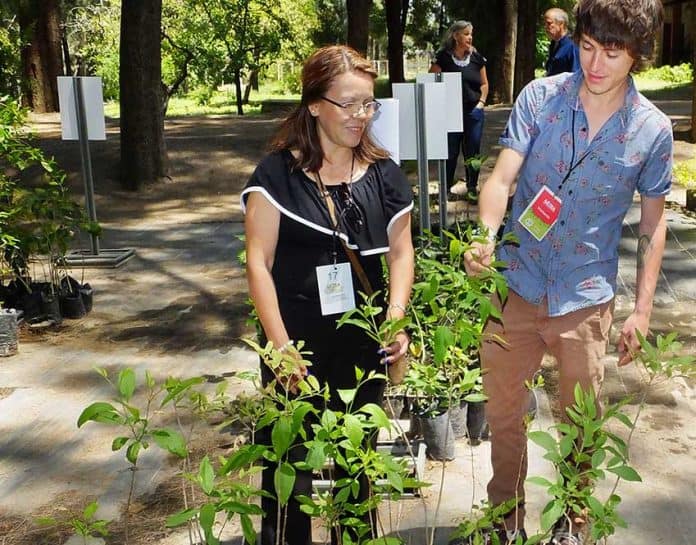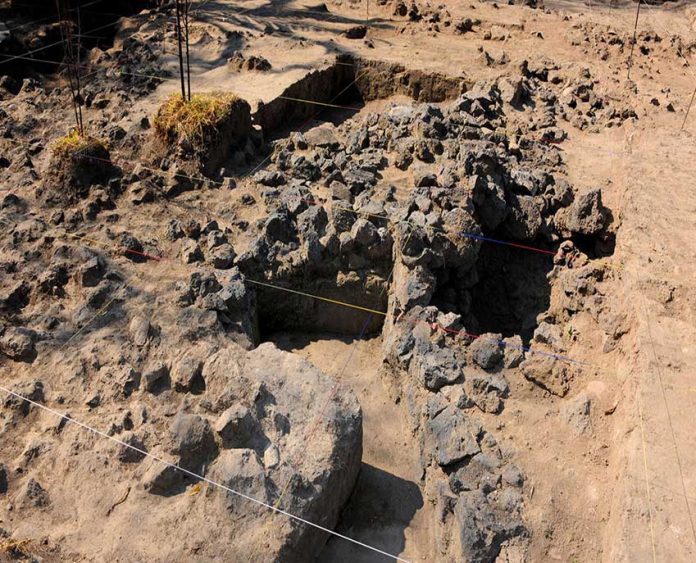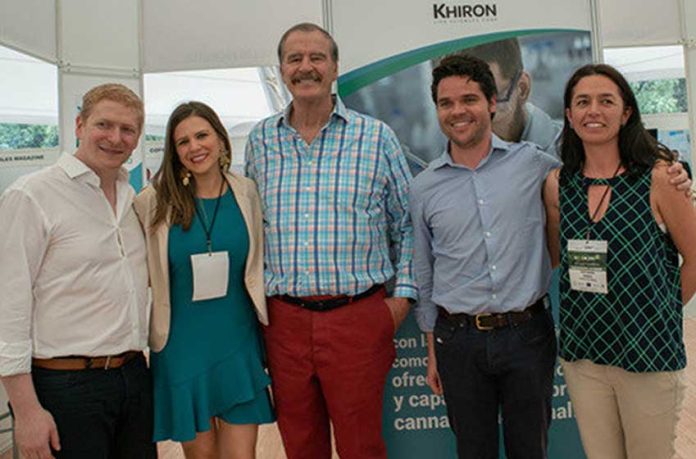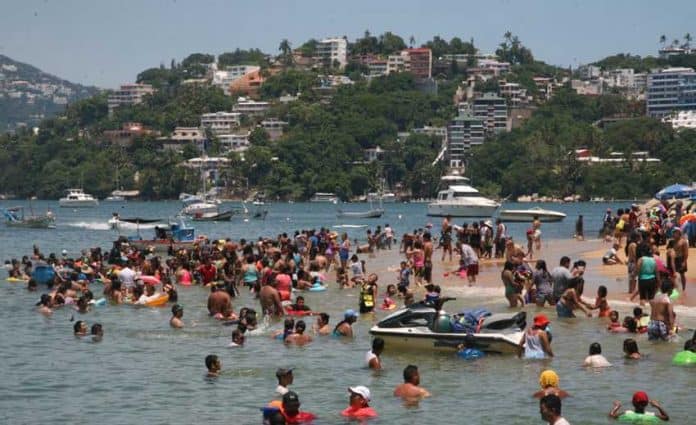One of Mexico’s most prestigious environmental awards was presented this week to a researcher who has spent 35 years cleaning up the country’s soil and water.
The 2018 Ecological Merit Award was presented by the federal Environment Secretariat to Refugio Rodríguez Vázquez in recognition of her scientific work, for which her most recent laboratory has been the watery labyrinth of the Xochimilco canals.
The brightly colored boats and floating marimba bands of Xochimilco are one of Mexico City’s quintessential experiences, but few residents and even fewer tourists know that the city’s southern canals and their system of floating farms, called chinampas, represent one of the world’s oldest and most innovative agricultural methods.
As a result, the floating gardens have been certified as one of the Globally Important Agricultural Heritage Systems by the United Nations Food and Agriculture Organization (FAO) and the entire area of Xochimilco (one of Mexico City’s 16 boroughs) was declared a UNESCO World Heritage site in 1987.
This ancient farming method in the lake beds of the Valley of Mexico is believed to have been practiced by civilizations as far back as the Toltecas, maybe even as early as 900 A.D., and continues to produce a little under half of the city’s produce today.
The islands are built by stacking lakebed sediment and organic material into layers (often bordered by cypress or willow trees) until “islands” emerge above the waterline. The natural mineral deposits of the lakebed make the resulting topsoil rich and fertile.
In the 14th century, the Mexicas (or Aztecs) expanded the chinampa system for both agriculture and the territorial expansion of their capital city Tenochtitlán. This system has been compared in importance with the rice fields of China and the river agriculture of Mesopotamia.
Riding out under the cool sunshine of a Mexican spring morning, the chinampas buzz and hum with millions of insects and the distant outboard motors of chinampa farmers. During the Green Revolution of the 60s and the 70s, these farms, like many across the globe, were encouraged to use the pesticides and insecticides that most scientists now agree are highly toxic (despite the continued use of many of them).
Farmers also apply unprocessed manure to the fields here which adds harmful microbes and high levels of salt to the soil, according to Rodríguez.
“The first time we walked through one of the fields,” she says, “it was like walking on very thin cardboard. The soil felt crunchy under our feet it was so salty.”
In 2015, at the request of Lucio Usobiaga, Rodríguez visited the farms of the chinampas for the first time. Usobiaga is the director of Yolcan, a local non-governmental organization, who has been working in the chinampas for the past five years.
The organization grows organic produce for big-name local chefs like Eduardo García (Máximo Bistrot and Lalo!) and Enrique Olvera (Pujol) and runs a local CSA (Community-Supported Agriculture) program in Mexico City. Working with five other farmers, Usobiaga has painstakingly converted seven chinampa islands into mini-organic wonderlands, filled with glorious green waves of lettuce and rows of exotic microgreens. But the road has been long and complicated.
If Yolcan wanted to promote their product as organic, they needed to ensure that their soil was clean. Usobiaga came across an article about Rodríguez’s work cleaning up farms in Tlaxcala and called her to ask if she would come out and test his soil.
She and her team found mild levels of pesticides like DDT and Endosulfan, as well as harmful pathogens like salmonelli and e.coli. Rodríguez pulled from her experience with hydrocarbons, pesticides and other elements to create a method that would use orange peels to clean the soil.
The microorganisms hosted by the citrus as it decomposed would consume the contaminants in the soil while at the same time reduce the high salinity. The results were phenomenal: within a month and half the soil’s pollutants had almost entirely disappeared.
But there was more: 90% of the water in the canals is pumped in from a local treatment plant called Cerro de Estrella. There are three more treatment plants that dump into the canals as well.
As Rodríguez explains, greywater from the surrounding metropolis is pumped through the sewage system to the plant, where organic material, nitrogen and phosphorous are removed. Then the water is pumped back into the canals and other food-growing parts of the city, but It’s far from clean.
“The process for cleaning things like pesticides, heavy metals and other contaminants out of the water requires UV or radio waves, almost no treatment plant does this kind of ‘third’ step. So the water remains high in things like salmonella, e.coli, and other pollutants like pesticides and heavy metals and that water is used to grow our food. It happens all over the world, it just isn’t something that gets talked about.”
Even if Yolcan’s soil was clean and their methods organic, the water pumped from the canals was laced with hormones, pathogens, pesticides, plastics and heavy metals. Irrigating with dirty water created a vicious cycle of contamination. So the team set to work developing some site-specific bio filters.
The filters contained tiny gravel that would trap many of the contaminants, and carrizo, an endemic plant that would slowly absorb heavy metals and other chemicals. The very first filters were set up in a tiny side canal (called an apantle) next to the chinampa of a local farmer working with Yolcan.
A water pump sat in the middle of the canal between the two filters and pulled water through them from both directions. In less than a month the filtered water was clean of every contaminant except for a single pesticide that remained in extremely low levels. Ninety-nine per cent of the pollutants were gone. Rodríguez was thrilled.
“I see this problem in terms of a health issue, even though it is obviously environmental as well. In human beings, just like in plants, these pollutants are slowly absorbed into our systems bit by bit. Maybe they won’t affect the first generation, but they will the second and third.”
Her team is now working with other farmers, and word is spreading from farmer to farmer about the increased productivity and better quality crops.
The issue is so important to Rodríguez that she is dedicating 100% of the prize money she was awarded on Monday to the continued clean-up of the chinampas and to helping the farmers that live there. She calls it a personal commitment.
“I guess you could say that I fell in love with the chinampas,” she says. “I remember visiting them before and thinking ‘oh, this is a nice afternoon on the water’ but as I read more and more I realized that something needed to be done for this part of the city.”
As the fight to preserve the chinampas continues there is much apathy and even more misunderstanding about this special ecosystem, but Rodríguez sees a glimmer of hope. The new administration in Mexico City has recently sought her advice as an expert in the field.
And now her award shines a spotlight on the work that has been done and ought to have a far-reaching impact on the future of the chinampas.
Lydia Carey is a freelance writer based in Mexico City.
